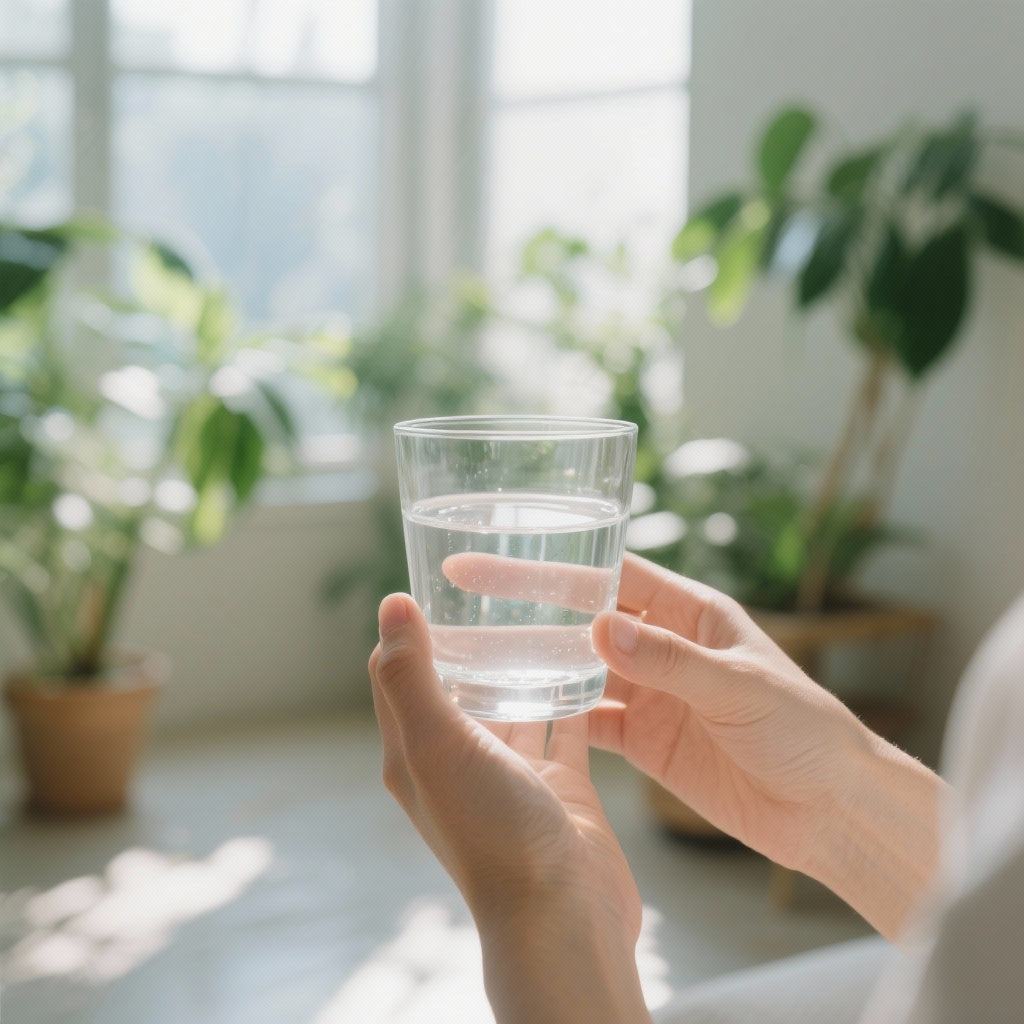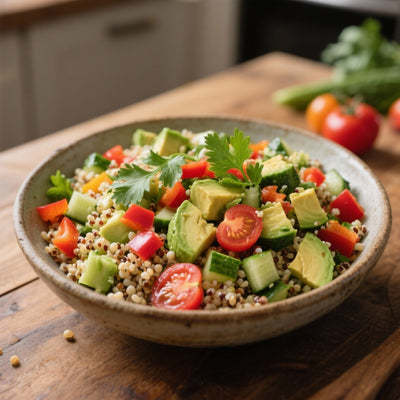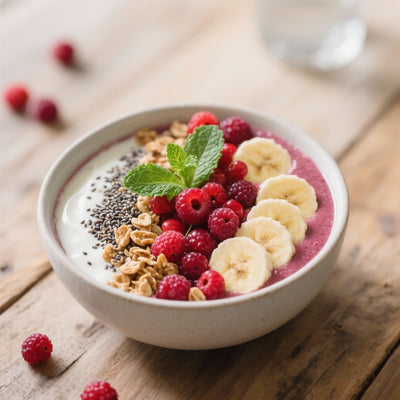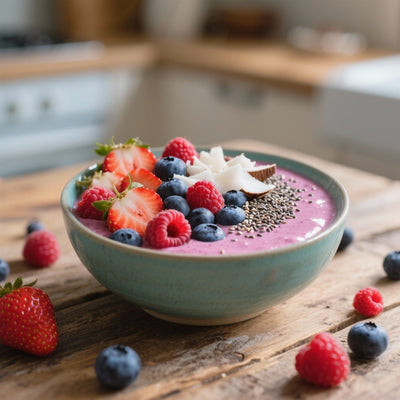What is toxic load and how can it be assessed naturally?
Introduction
Do you often feel tired, bloated, or foggy-headed, even after a good night's sleep? Do you eat a healthy diet and exercise, but still feel unwell? You're not alone. The culprit could be an invisible yet pervasive concept: toxic load .
In our modern world, we are exposed to an unprecedented number of chemicals. They lurk in our food, our air, our water, and even in the products we apply to our skin. This silent accumulation constitutes what is known as toxic load or toxic burden. This comprehensive guide is designed to shed light on this complex subject, help you assess your own exposure, and, most importantly, provide you with concrete, natural strategies to reduce it and regain your vitality.
Understanding Toxic Load: More than just a buzzword
The toxic load is the sum of all the toxic substances accumulated in your body at any given time, as well as the burden this places on your detoxification systems. Imagine your body as a bucket. Every day, small drops of toxins (pesticides, heavy metals, pollutants, synthetic chemicals) are added to it. Your body, thanks to incredible organs like the liver and kidneys, works constantly to empty this bucket.
However, when the rate of exposure exceeds your body's ability to eliminate it, the bucket starts to overflow. That's when symptoms can appear. It's not an acute illness, but rather a state of chronic physiological stress that can sap your energy and pave the way for more serious health problems in the long run.
Where do toxins hide? Common sources in our daily lives
Identifying sources of exposure is the first crucial step in reducing your toxic load. They are often closer than we think.
Food and water
- Pesticides and Herbicides: Present on non-organic fruits and vegetables.
- Food Additives: Preservatives, colors, and artificial flavors in processed foods.
- Plastics: BPA and phthalates can migrate from plastic containers into food and beverages.
- Tap water: May contain traces of chlorine, heavy metals and drug residues.
The indoor and outdoor environment
- Air Pollution: Exhaust gases, industrial emissions, but also indoor pollutants.
- Volatile Organic Compounds (VOCs): Emitted by paints, new furniture, cleaning products and air fresheners.
- Mold: Mycotoxins produced by mold in humid environments can be very harmful.
Personal care products
- Parabens and Phthalates: Often used as preservatives and texturizing agents in creams, shampoos and makeup.
- Synthetic Perfumes: A generic term that can hide hundreds of undisclosed chemicals.
- Chemical Sunscreens: Some, like oxybenzone, are known endocrine disruptors.
Your body is talking to you: Signs of a high toxic load
When the bucket starts to overflow, your body sends signals. These symptoms are often vague and can be mistakenly attributed to stress or aging. Paying attention to these signs is a form of natural self-assessment.
- Chronic and unexplained fatigue
- Mental fog, difficulty concentrating
- Frequent headaches
- Skin problems (acne, eczema, rashes)
- Digestive problems (bloating, constipation, gas)
- Muscle and joint pain
- Persistent weight gain, especially around the abdomen
- Increased sensitivity to odors and chemicals
- Hormonal imbalances
How can you assess your toxic load without complicated tests?
Before considering expensive lab tests, a thorough lifestyle assessment can teach you a great deal. It's an empowering process that puts you in control of your health. Proceed step by step:
- Take stock of your symptoms: Keep a journal for two weeks. Note your energy level, digestion, sleep quality, and mood. This will help you identify patterns.
- Analyze your kitchen: How much processed food do you consume? Do you use plastic containers to heat food? Do you filter your water?
- Scrutinize your bathroom: Read the labels on your personal care products. Look for terms like "perfume", "paraben", "phthalate".
- Assess your home environment: Do you use synthetic air fresheners? Harsh cleaning products? Have you recently bought new furniture or done any painting work?
This self-assessment is your starting point. By identifying your main sources of exposure, you will know exactly where to focus your efforts for maximum impact.
"Detoxification is not a one-time event, it's a lifestyle. The most effective strategy is to reduce the influx of toxins in the first place. This is what I call 'passive detox': creating an environment so pure that your body no longer has to constantly fight against it."
5 Natural Strategies to Lighten Your Toxic Burden
Reducing your toxic load may seem like a Herculean task, but every little change counts. Focus on progress, not perfection. Here are some concrete actions you can take today.
1. Eat to purify
Choose organic foods whenever possible, especially for the "Dirty Dozen" . Incorporate fiber-rich foods (vegetables, fruits, legumes) to promote elimination and cruciferous vegetables (broccoli, cauliflower) which support the liver.
2. Hydrate yourself wisely
Invest in a quality water filter (activated carbon, reverse osmosis) to remove chlorine, heavy metals, and other contaminants. Drink plenty of clean water throughout the day to help your kidneys filter waste.
3. Create a sanctuary at home
Ventilate your home for 10 to 15 minutes every day, even in winter. Replace chemical cleaning products with natural alternatives like white vinegar and baking soda. Opt for beeswax candles or an essential oil diffuser instead of synthetic air fresheners.
4. Simplify your beauty routine
Embrace "skinimalism." Choose products with short, easy-to-understand ingredient lists. Beware of greenwashing and look for reputable organic certifications. To get started, you can explore our collection of pure and natural skincare .
5. Support your detoxification organs
Movement and perspiration (through exercise or sauna) are excellent ways to eliminate toxins through the skin. Ensure quality sleep, as it is during the night that the body repairs and cleanses itself deeply. Herbs such as milk thistle or dandelion can also support liver function.
Frequently Asked Questions
Do I need to do an aggressive "detox" to reduce my toxic load?
Not necessarily. Juice cleanses or extreme fasting can be stressful for the body. The most sustainable approach is to adopt gradual lifestyle changes to reduce exposure and support your body's natural detoxification processes on a daily basis.
How long does it take to feel the benefits?
This varies from person to person. Some people notice increased energy and improved mental clarity in just a few weeks. For others, it can take several months. The key is consistency. Every healthy choice you make helps empty your toxic "bucket."
Conclusion: Take back control of your well-being
Understanding and addressing your toxic load is one of the most powerful things you can do for your long-term health. It's not about living in a bubble, but about making conscious and informed choices that reduce the burden on your body. By lightening this load, you free up energy, gain mental clarity, and allow your body to function at its full potential.
Start small. Choose one area of your life this week—whether it's replacing your plastic water bottle or opting for an organic apple—and make that change. What will be the first step you take to lighten your load and invest in your vitality?











